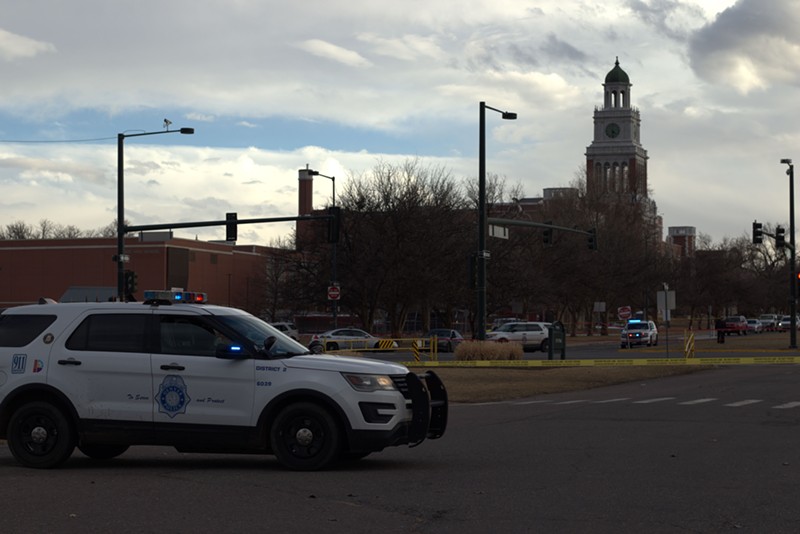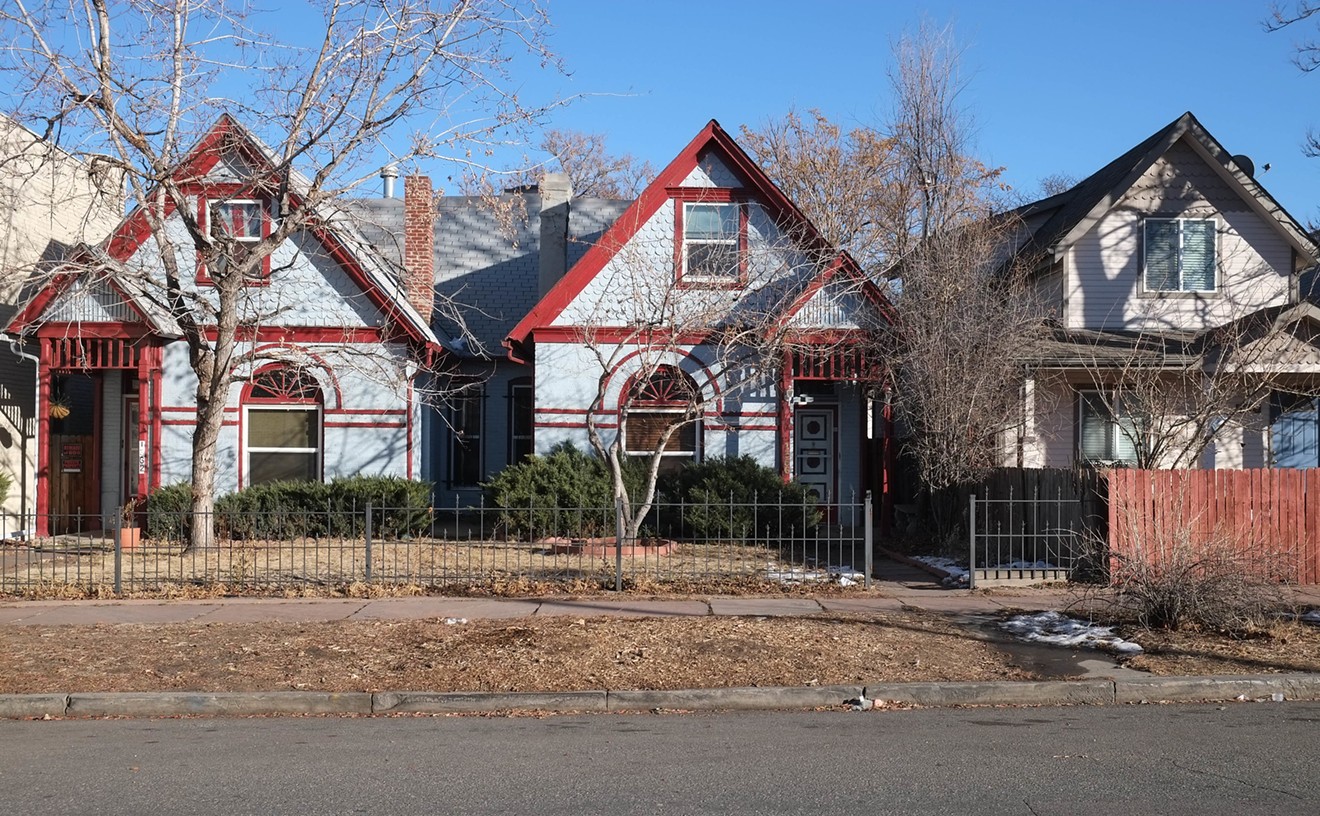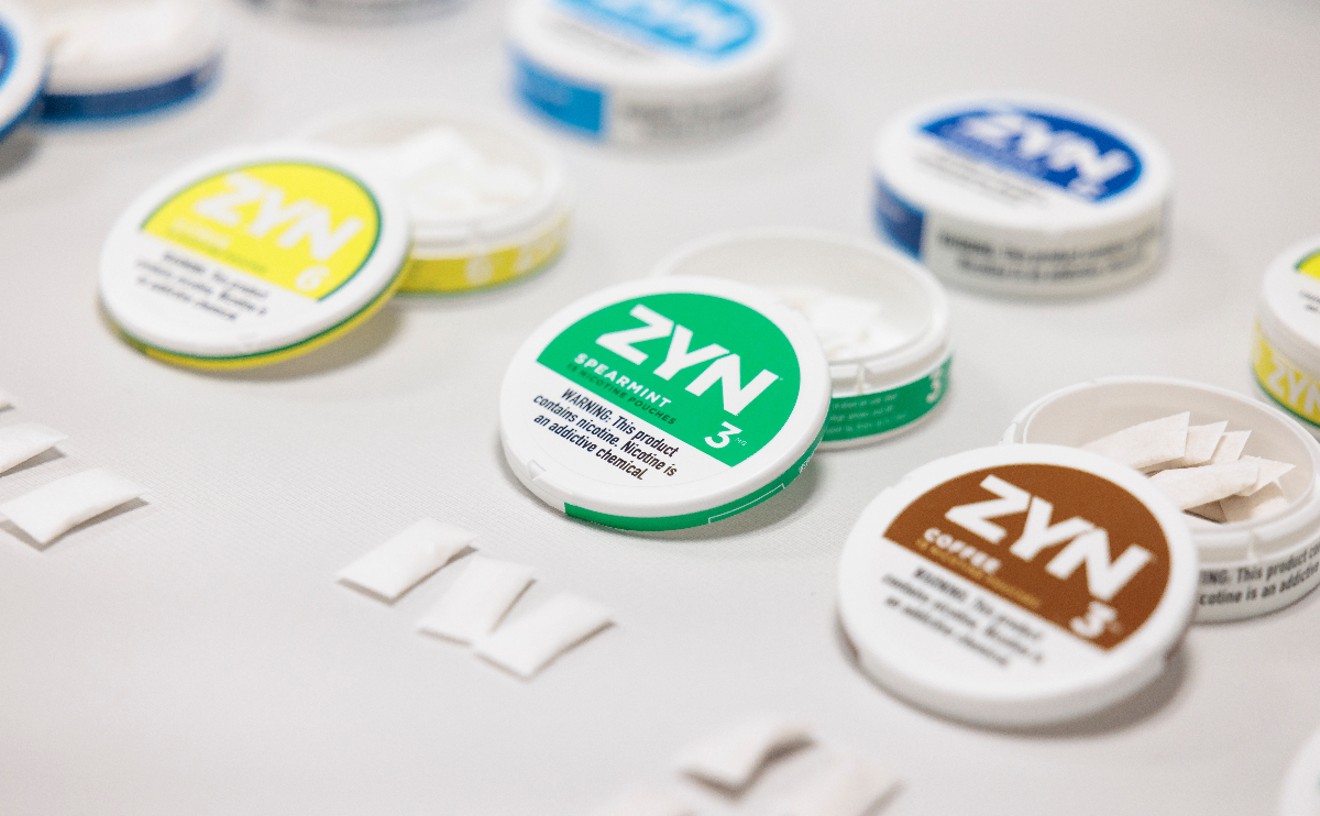Ever wonder how many calls first responders answer? Or how many disciplinary probes are going on in the Denver Sheriff Department at any given time?
Now that information is at your fingertips.
On August 7, the Denver Department of Public Safety debuted two new public dashboards showing such data: one for police, fire and emergency medical service responses; another for disciplinary investigations being carried out by the sheriff's department.
“Since I became executive director, which is now sixteen or seventeen or so months ago, one of the things that I wanted to work on was having more transparency and accessibility to the Department of Safety,” says Armando Saldate, who helms the DOS.
Analysts have been selected to build the new dashboards; one pulls data on sheriff investigations, and the other shows call volume, incident type and approximate location for first responders from the city's computer-aided dispatch system — giving people a window into what's going on in two aspects of the city that the DOS oversees.
Integrating data from the many agencies that use the CAD system was no easy task, Saldate says, but the dashboards were heavily tested, and officials are pleased with the results.
“Luckily, each one of those entities, whether it be 911, Denver Health, paramedics, Denver Fire Department — every one of them is committed to measuring how we're doing,” he explains.
An added challenge for DOS analysts is that the city’s CAD system is old, but Saldate has plans to replace it within the next year. It’s one of many improvements he’s hoping to make within the department that will be reflected in the dashboard data.
Saldate admits that sometimes the city can make mistakes, but he wants the new dashboards to at least show its commitment to fixing them. For example, he says, if people have an experience of calling 911 and being put on hold — or dealing with a slow response time — they can log on to the dashboard and see what else was going on at the time that may have caused those issues.
The city has been short on dispatchers, but Saldate claims it will be up to full employment in the next few months.
“I wanted to make sure that we could start showing the public, ‘See, when we were down 75 percent with dispatchers, our call response time was this,’” he says. “'But once we did get up to staffing levels...we did much better, and we're now at this time.' It's also a way of showing folks how we are resourcing and responding to things.”
Currently, the CAD system only shows annual incident data or specifics from the past seven days. But Saldate confirms that public safety is looking into adding more time-frame options.
The Public Integrity Division dashboard provides information about the Denver Sheriff Department. The division is the civilian unit that handles discipline investigations for the DSD. On this dashboard, viewers will be able to see basic complainant and suspect information, types of complaints and case outcomes.
“After the pandemic and then after the murder of George Floyd and all the protests that we experienced here, there were demands for accountability in policing and public safety,” Saldate notes. “Part of that accountability and holding ourselves accountable is transparency.”
By showing case volume and results — even without specifics — the dashboard aims to give people a sense of what is going on behind the scenes when those in the sheriff's department are accused of behaving badly.
And there’s more to come.
“We wanted to start with some important data that we're asked about a lot,” Saldate says. “If there are some other questions that you want answered or information that you think would be helpful, we're more than willing to listen to that feedback.”
Each division under Public Safety — which includes Denver Police, Denver Fire, Denver 911, Denver Sheriff, Community Corrections, Public Safety Youth Programs, the Office of Community Violence Solutions and the Public Safety Cadet Program — is looking at what data it can turn into a public dashboard. Saldate says more information on violent crime and the jail population are possibilities.
There are also plans to create a dashboard related to homeless encampments, especially after new mayor Mike Johnson declared a state of emergency on homelessness as one of his first acts.
“Our public really wants to see more data or information about what we're doing with encampments,” Saldate says.
The goal is for more than just numbers wizards to be able to understand what’s going on with public safety. The department has open data catalogues, but those require digging through spreadsheets and at least some level of expertise, compared to the dashboards — which reveal answers at the click of a button.
The department is looking for feedback from the public through this form, which goes directly to its analysts, who will decide whether the suggestions are feasible and reply.
“If you care about it, you keep score,” Saldate says. “This is a running scoreboard for us of how we're doing, and it's a reminder that we can always do better and that the public sees it — so I'm hopeful that this will have the desired effect of improving public safety throughout our city.”
[
{
"name": "Air - MediumRectangle - Inline Content - Mobile Display Size",
"component": "12017618",
"insertPoint": "2",
"requiredCountToDisplay": "2",
"watchElement": ".fdn-content-body",
"astAdList": [
{
"adType": "rectangle",
"displayTargets": "mobile"
}
]
},{
"name": "Editor Picks",
"component": "17242653",
"insertPoint": "4",
"requiredCountToDisplay": "1",
"watchElement": ".fdn-content-body",
"astAdList": [
{
"adType": "rectangle",
"displayTargets": "desktop|tablet"
},{
"adType": "rectangle",
"displayTargets": "desktop|tablet|mobile"
}
]
},{
"name": "Inline Links",
"component": "18838239",
"insertPoint": "8th",
"startingPoint": 8,
"requiredCountToDisplay": "7",
"maxInsertions": 25
},{
"name": "Air - MediumRectangle - Combo - Inline Content",
"component": "17261320",
"insertPoint": "8th",
"startingPoint": 8,
"requiredCountToDisplay": "7",
"maxInsertions": 25,
"watchElement": ".fdn-content-body",
"astAdList": [
{
"adType": "rectangle",
"displayTargets": "desktop|tablet"
},{
"adType": "rectangle",
"displayTargets": "desktop|tablet|mobile"
}
]
},{
"name": "Inline Links",
"component": "18838239",
"insertPoint": "8th",
"startingPoint": 12,
"requiredCountToDisplay": "11",
"maxInsertions": 25
},{
"name": "Air - Leaderboard Tower - Combo - Inline Content",
"component": "17261321",
"insertPoint": "8th",
"startingPoint": 12,
"requiredCountToDisplay": "11",
"maxInsertions": 25,
"watchElement": ".fdn-content-body",
"astAdList": [
{
"adType": "leaderboardInlineContent",
"displayTargets": "desktop|tablet"
},{
"adType": "tower",
"displayTargets": "mobile"
}
]
}
]












